Royal College of General Practitioners - Online Learning Environment
Site blog
The Learning hubs are the newest addition to the RCGP’s Online Learning Environment (OLE) and serve as a ‘one-stop shop’ for any resources that GPs may need to find on a specific topic. Within each hub, there are various modes of learning, including standard eLearning courses and bite-sized learning such as; screencasts, podcasts, apps and patient journeys.
The link to the main hub page is conveniently located on OLE homepage, in a blue block named ‘Learning hubs’. This main page lists all of the topics available and provides easy access to each individual hub. When a user selects a hub, the hub page will show you a range of different sub-topics and the modes of learning available.
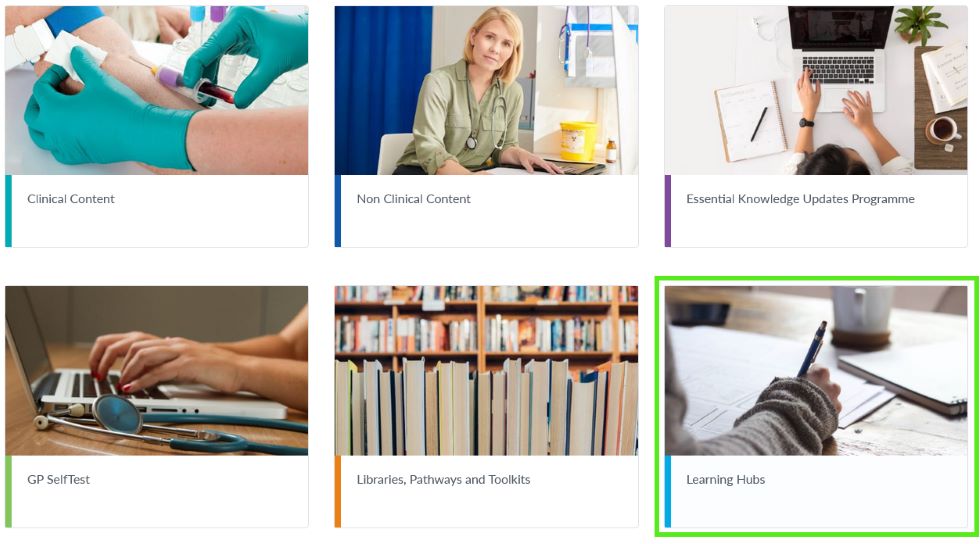
The learning hubs were introduced to provide an easy way for GPs to find the content they need for their CPD and to ultimately create a better user experience. Having a centralised topic area means that GPs don’t need to waste time searching for the content they want to access. Instead, they can find all of the resources they need in one place. GPs can dip in and out of each mode of eLearning and can therefore fit their learning around appointments and their day-to-day roles. It is also easy to track the learning they have completed on a particular topic and add this to their appraisal toolkit.
Here are the top five benefits of using a topic-specific hub:
- As mentioned previously, GPs can spend more time learning, rather than searching for relevant CPD
- Each Learning hub features examples of the different types of eLearning you can find on the RCGP’s OLE
- Users can benefit from trying different types of learning to see which mode works best for them
- All of the learning completed in the hubs counts towards CPD
- The resources in each hub build on each other, providing GPs with a broad knowledge on that one topic
Currently, there are four hubs live on the OLE. These are as follows:
The Allergy Hub encompasses all of the types of learning available on the RCGP’s OLE. It consists of eLearning modules, an app, a podcast, a patient journey and a screencast. These resources aim to educate GPs on the various presentations of allergy, including food allergy and respiratory problems such as asthma. They also cover symptoms, management in primary care and when to refer to secondary care.
The Allergy Hub includes the following resources:
- Allergy eLearning course
- Asthma eLearning course
- Allergy education app
- Food allergy podcast
- Common Atopic Presentations in Primary Care - screencast
- Patient cases: Practical Aspects of Allergy Diagnosis – patient journey
The Autoimmunity Hub primarily focusses on coeliac disease, including an eLearning course, podcast and app that all feature this sub-topic. There is also a patient journey module which looks at four different autoimmune diseases, from initial presentation to diagnosis. These resources aim to help GPs through autoimmune disease diagnosis, management and referrals in primary care.
The Autoimmunity hub includes the following resources:
- Coeliac eLearning course
- Coeliac disease podcast
- Autoimmunity education app
- Patient cases: Managing Uncertainty in Autoimmunity – patient journey
This collection of eLearning modules, podcasts and screencasts aims to inform and update all members of the general practice team on particularly important aspects of primary care for LGBT people, to improve both experience and outcomes for our patients. It was produced with the help of a grant by the Government Equalities Office and with the guidance of the RCGP’s LGBT+ steering group.
The LGBT Health Hub includes the following resources:
eLearning courses:
- Inequality in healthcare provision: the current state of LGBT health
- Creating an inclusive primary care environment
- Mental health and suicide prevention
- Screening issues in the LGBT population
- The older LGBT Patient
- Sexual and reproductive needs of the LGBT community
Screencasts:
- Addressing LGBT Health inequalities
- Understanding the non-binary patient
- Using language that is inclusive of the LGBT population
Podcasts:
- Improving your practice to be more inclusive
- Sharing vs disclosure
- Parents of LGBT kids
The latest addition to the ‘Learning Hubs’ section is the Diabetes hub, which contains five eLearning courses, three screencasts and two webinars. Whilst the primary topic is diabetes, GPs can access a range of different topics under this umbrella; ranging from medication, lifestyle modification, the NHS Diabetes Programme and most recently, diabetes and COVID-19. These resources aim to help GPs with general diabetes management and advises on how to work with patients to control their condition.
The Diabetes hub includes the following resources:
eLearning courses:
- Polypharmacy
- Diabetes Medication Review & Optimisation
- Targeted use of Anti-Diabetics
- Type 2 diabetes and the low GI diet
- NHS Diabetes Prevention Programme
Screencasts:
- Lifestyle Modification
- Newer Insulins
- The Management of Diabetic Kidney Disease
Webinars:
- Type 2 Diabetes: Dialogue with Experts
- COVID-19 & Diabetes
Access the main hub page.

Intermittent fasting (IF) is a pattern of eating whereby the person undertakes a regular (usually daily) fast of at least 16 hours. In light of National Obesity Awareness Week in January or in keeping with New Year’s resolutions, patients may seek advice on weight loss from their GP and opinions on the efficacy of certain diets. This blog will discuss some of the evidence around fasting for weight loss and management of type 2 diabetes (T2D) and other cardiovascular risk factors.
Ingested food is stored in the body as liver glycogen and as fat, the process of lipogenesis being mediated by insulin. Energy is provided by glycogenolysis, however after around 12 hours of fasting, hepatic glycogen becomes depleted and adipose tissue lipolysis begins to occur. A recent NEJM review article suggested that ‘intermittent fasting elicits evolutionarily conserved, adaptive cellular responses that are integrated between and within organs in a manner that improves glucose regulation, increases stress resistance, and sup-presses inflammation”1
For patients, we can explain that across our evolution we not always had access to three meals a day, and that after about 8 to 12 hours the body enters a ‘fat burning’ phase.
There are many ways to fast, with the most basic being a fast of at least 16 continuous hours in every 24. To get results in terms of weight loss or increased health benefits, the fasts should ideally be done on a daily basis. Two popular IF methods are as follows:
- 16:8 – Fast for 16 hours and eat all meals within an 8 hour window. This typically means skipping breakfast and eating two meals a day.
- 20:4 – Fast for 20 hours and eat all meals within a 4 hour window. This would involve eating one meal or having two smaller meals a day.
A relatively short fast of 16 hours can be incorporated as part of daily life. The ‘intermittent’ nature of IF is that the fasting is flexible and at the convenience of the individual – the number of fasts per day and the exact hours of fasting can be altered if needed e.g. to allow the patient to eat normally at a social event.
Alternative methods include the 5:2 diet, which includes eating a balanced diet for 5 days out of the week and only consuming 500 calories for the remaining 2 days. Whilst this has been shown as an effective method for weight loss, it differs from intermittent fasting as it involves reducing calorie intake instead of not eating at all.
 There is evidence to suggest that IF may reduce the need for prescribed insulin in patients with diabetes2.
There is evidence to suggest that IF may reduce the need for prescribed insulin in patients with diabetes2.
IF is a relatively new concept, with some studies being small and of short duration; longer and larger studies are needed. Some examples of the evidence around IF are given below:
- A 2014 crossover study of 54 patients with T2D found that the group which ate only two meals per day, had better outcomes than those who ate the same calories spread out over six smaller meals. The group eating only two meals per day had a greater reduction in BMI, waist circumference and fasting plasma glucose3.
- A 2015 literature review of 15 studies found that various types of fasting reduced weight and improved lipid profiles and called for further research, with greater information about food intake so as to differentiate between the benefits of fasting and the benefits of calorie restriction4
- A 2019 study randomised 88 obese women into four groups (control, calorie restriction and IF with or without calorie restriction). All food was measured and provided by the study. Those who fasted for 24 hours three times a week lost more weight than those who simply restricted their calories, even though the calorie intake of the two groups was identical. The fasting group also had lower lipids and fat mass than the calorie restriction group5.
- A 2019 study of 15 men who limited their food intake to nine hours in each 24 hour period, whilst wearing a continuous glucose monitor, were found to have improved glucose tolerance and fasting triglycerides during the fasting period compared to the control period6.
- Another 2019 study followed 19 participants with metabolic syndrome who limited their dietary intake to a 10 hour period for 12 weeks. There were significant reductions in BMI, waist circumference, LDL cholesterol and blood pressure7.
It seems that IF therefore has the potential to be beneficial for patients with T2D and metabolic syndrome; it may be the case that educating patients on the benefits of IF can help in the management of T2D and reduce the need for pharmacological interventions8.
IF is a relatively new concept in relation to T2D so there are no official guidelines for healthcare professionals on how to manage a diabetic patient who wishes to do try it. As with any kind of fast, it is not recommended for pregnant/breastfeeding women or for children.
RCGP members can find out more about using diet to manage Type 2 diabetes by accessing our eLearning course on ‘Type 2 diabetes and the low GI diet’. Non-members can pay £25 to access this course.
The following resources are free to both members and non-members:
- ‘Five Minutes to Change your Practice’ screencast on Updated management of type 2 diabetes in adults
- EKU Journal watch item on Effects of intermittent fasting on health, aging, and disease
RCGP members can also benefit from free access to the following resources on Type 2 diabetes:
- EKU17: Diabetes in Adults, Children & Young People (Type 1 & 2)
- EKU18: Type 2 Diabetes in Adults: Management
- EKU Screencast: Type 2 diabetes in adults: management
References
1 De Cabo, R., & Mattson, M. P. (2019). Effects of Intermittent Fasting on Health, Aging, and Disease. New England Journal of Medicine, 381(26), 2541–2551. doi:10.1056/nejmra1905136
2 Diabetes UK, 2019. About Type 2 diabetes. [Online] Available at: https://www.diabetes.org.uk/Type-2-diabetes
3 Kahleova H, Belinova L, Malinska H, et al. Eating two larger meals a day (breakfast and lunch) is more effective than six smaller meals in a reduced-energy regimen for patients with type 2 diabetes: a randomised crossover study [published correction appears in Diabetologia. 2015 Jan;58(1):205]. Diabetologia. 2014;57(8):1552–1560. doi:10.1007/s00125-014-3253-5
4 Grant M. Tinsley, Paul M. La Bounty, Effects of intermittent fasting on body composition and clinical health markers in humans, Nutrition Reviews, Volume 73, Issue 10, October 2015, Pages 661–674,
5Hutchison A.T. et. al., 2019. Effects of Intermittent Versus Continuous Energy Intakes on Insulin Sensitivity and Metabolic Risk in Women with Overweight. Obesity (Silver Spring). 2019 Jan;27(1):50-58
6Hutchison A.T., et. al., 2019. Time-Restricted Feeding Improves Glucose Tolerance in Men at Risk for Type 2 Diabetes: A Randomized Crossover Trial. Obesity (Silver Spring). 2019 May;27(5):724-732. Available at https://www.ncbi.nlm.nih.gov/pubmed/31002478
7Wilkinson M.J. et. al., 2019. Ten-Hour Time-Restricted Eating Reduces Weight, Blood Pressure, and Atherogenic Lipids in Patients with Metabolic Syndrome. Cell Metab. 2019 Dec 2. pii: S1550-4131(19)30611-4. Available at https://www.sciencedirect.com/science/article/pii/S1550413119306114
8 Firmly S., et al., 2018. Therapeutic use of intermittent fasting for people with type 2 diabetes as an alternative to insulin. [Online] Available at: https://www.ncbi.nlm.nih.gov/pmc/articles/PMC6194375/
Many thanks to Dr Rachel Hudson and Dr Claudia Camden-Smith for their help with producing this blog.
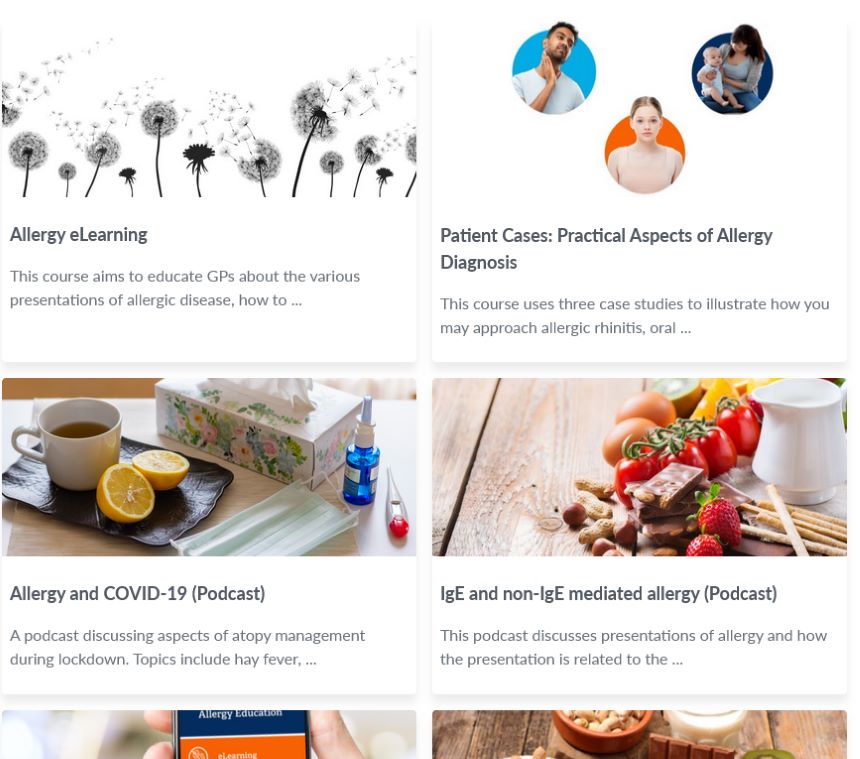 Allergy
Allergy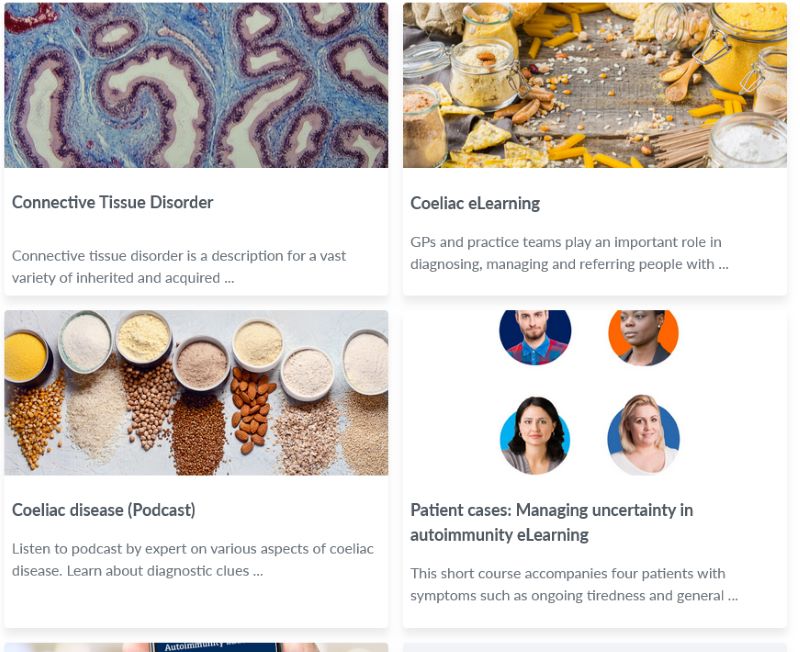 Autoimmunity
Autoimmunity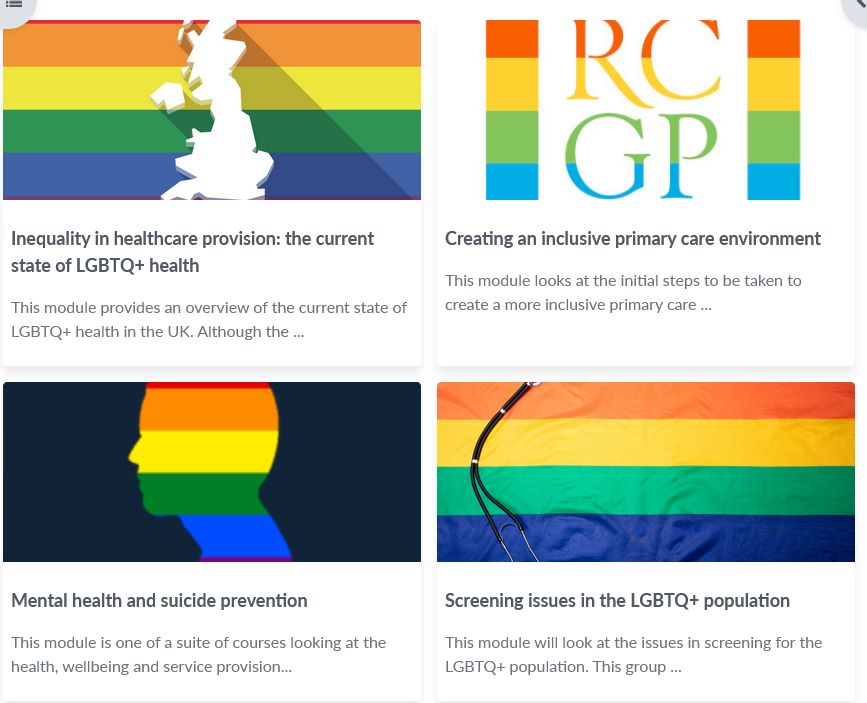 LGBT
LGBT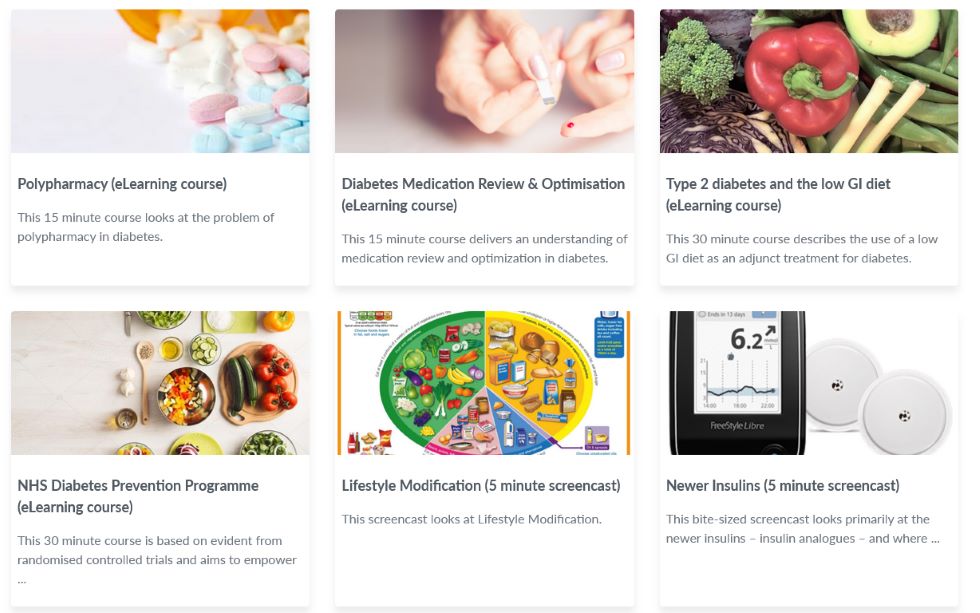 Diabetes
Diabetes